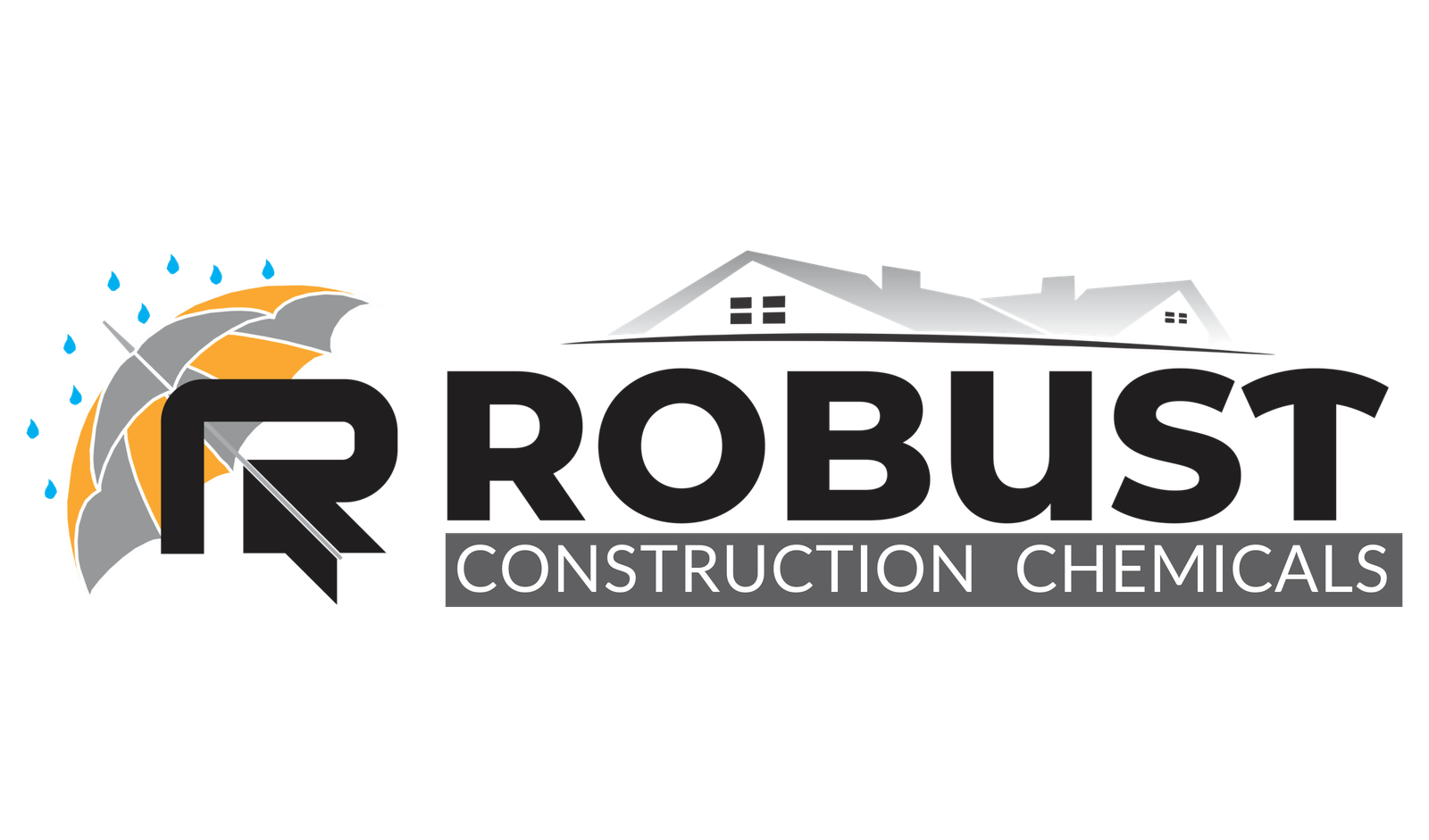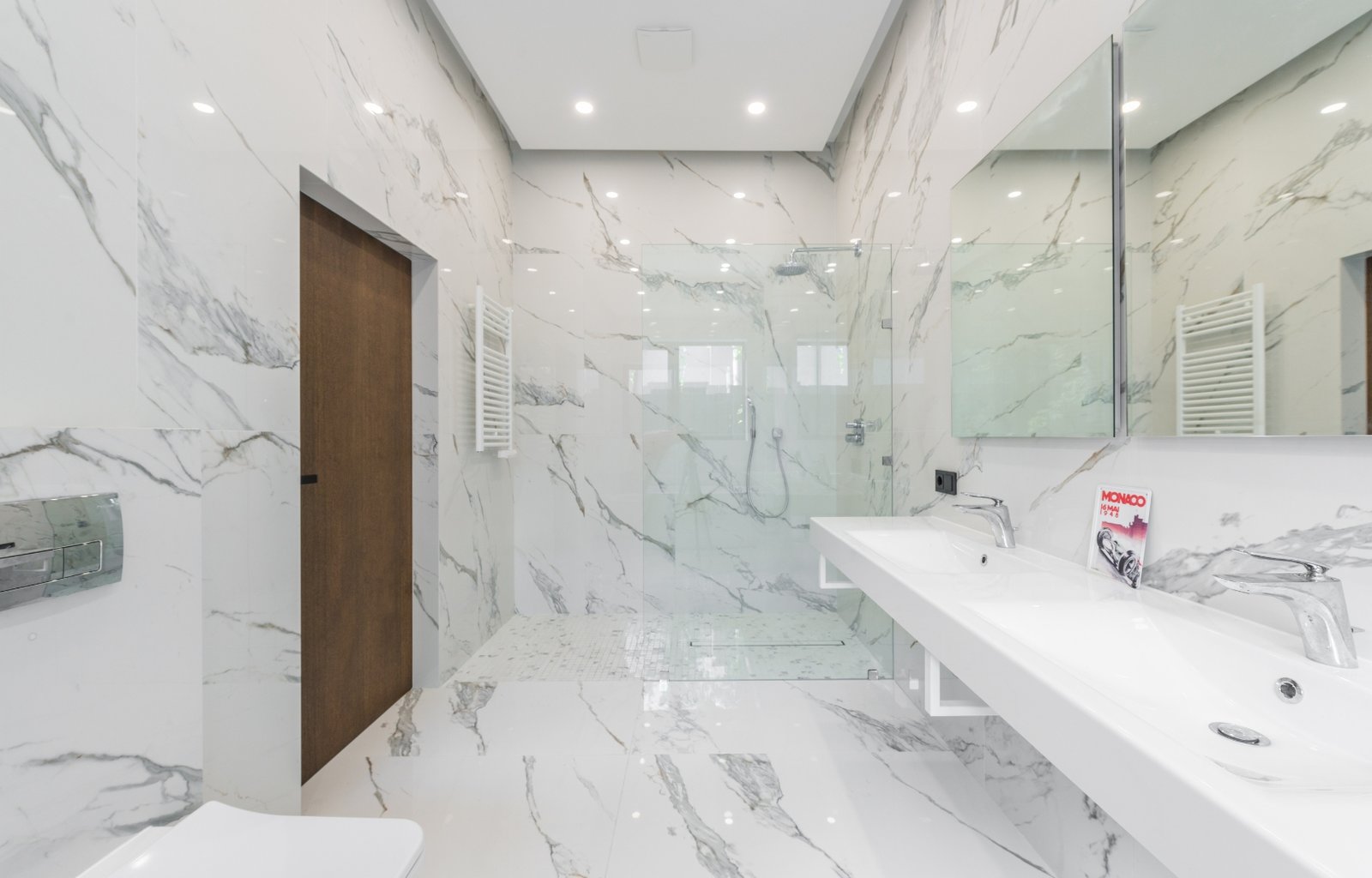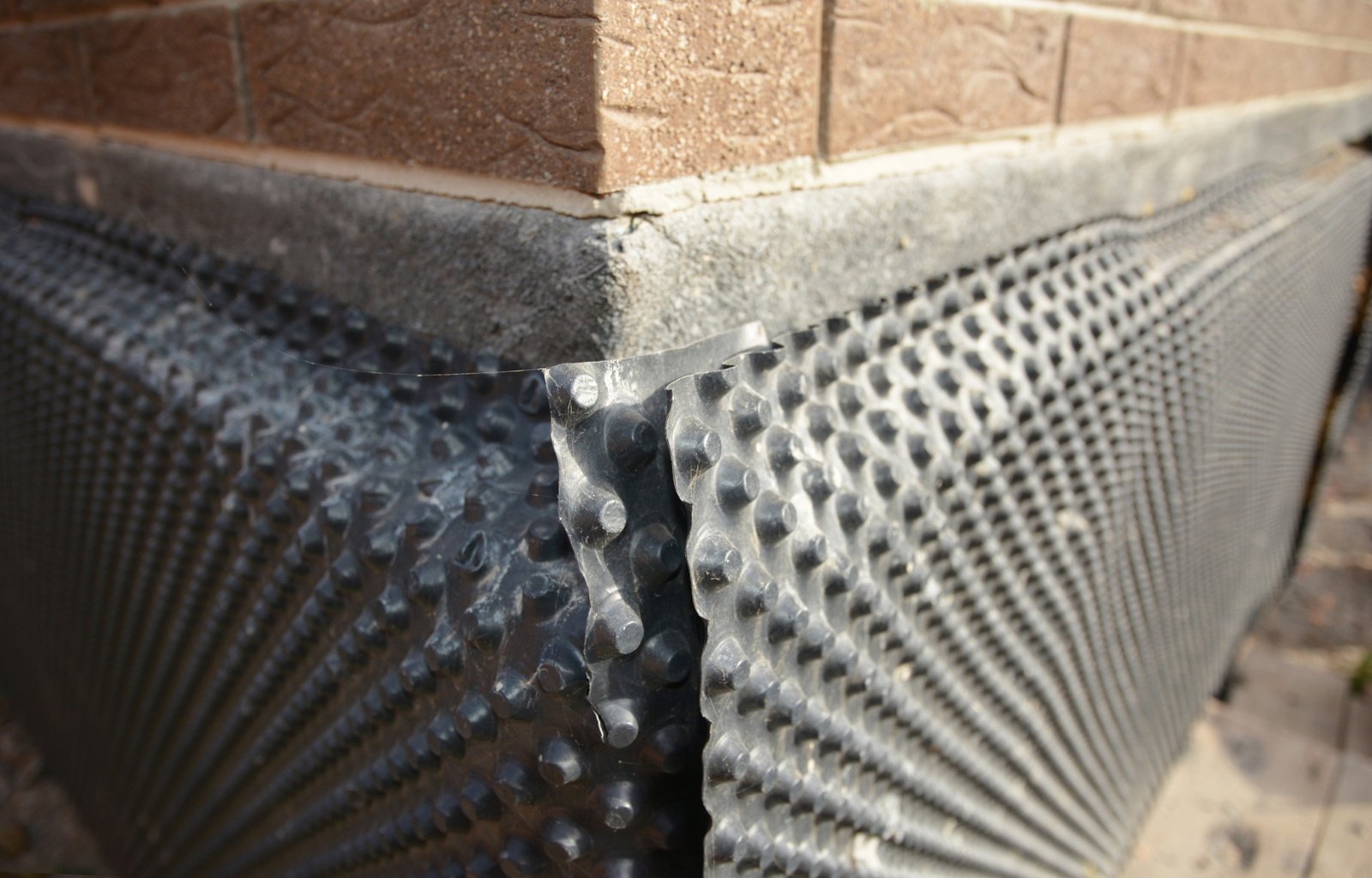Waterproof Bathroom Walls Properly. When it comes to maintaining your bathroom’s integrity and preventing long-term damage, knowing how to waterproof bathroom walls properly is essential.
Moisture, if left unchecked, can lead to mold growth, mildew, and even structural problems. A reliable waterproofing method not only enhances the durability of your bathroom walls but also adds to the overall hygiene of your space.
In this guide, we’ll explore step-by-step techniques to make your bathroom walls water-resistant and ensure they last for many years to come.
Waterproof Bathroom Walls
Water damage is a common yet preventable issue in modern homes, especially in bathrooms. That’s why it’s essential to waterproof bathroom walls properly to protect your space from costly repairs and mold growth.
Waterproofing creates a strong barrier that shields your walls from constant moisture and steam. Whether you’re building a new bathroom or renovating an old one, investing in high-quality materials and correct application techniques ensures long-lasting protection. Don’t overlook this step—secure your space by making your bathroom walls completely waterproof.
Seal Walls Right
Sealing your bathroom walls is the first major step to waterproof bathroom walls properly and prevent future moisture damage.
By applying high-quality sealants at every joint, corner, and gap, you create a strong barrier against water intrusion.
Focus on vulnerable areas like shower surrounds, tile edges, and plumbing outlets. Using silicone-based sealants ensures flexibility and durability over time.
When you seal walls right, you lock out mold, mildew, and rot—making your bathroom walls not only safe and hygienic but also long-lasting and maintenance-free.
Prevent Moisture Damage
One of the biggest threats to bathroom longevity is hidden moisture damage. To avoid costly repairs, it’s crucial to waterproof bathroom walls properly from the start.
Moisture seeping through unsealed areas can cause mold, mildew, and wall deterioration over time. By using quality waterproof membranes, sealants, and backer boards, you create a strong barrier against water infiltration.
This not only safeguards your bathroom structure but also keeps it looking fresh and clean. Proper waterproofing is your best defense against long-term moisture issues.
Durable Bathroom Protection
Creating durable bathroom protection starts with learning how to waterproof bathroom walls properly. Bathrooms face constant exposure to moisture, which can weaken surfaces over time and invite mold growth.
By using high-quality waterproofing materials and techniques, you can shield your walls from long-term damage. Proper sealing, moisture barriers, and wall treatments all play a crucial role in enhancing durability.
This not only boosts your bathroom’s lifespan but also saves you money on future repairs. Invest in protection now for peace of mind later.
Apply Waterproof Coating
Applying a waterproof coating is a crucial step to waterproof bathroom walls properly and protect your home from moisture damage.
These coatings create a powerful barrier that prevents water from seeping into the walls, reducing the risk of mold and mildew.
Before application, ensure the surface is clean, dry, and free from cracks. Choose a high-quality, bathroom-specific waterproofing product for best results.
With proper coating, your bathroom walls will resist moisture more effectively and stay in excellent condition for many years to come.
Stop Wall Leaks
Wall leaks in the bathroom can lead to serious water damage, mold, and expensive repairs. The best way to stop wall leaks is to waterproof bathroom walls properly from the start.
Use high-quality waterproof membranes, sealants, and backer boards during installation to create a protective barrier against moisture.
Pay extra attention to corners, joints, and fixtures. Regularly inspect and maintain the waterproofing layers to ensure lasting protection. Proper techniques today can save you from costly issues tomorrow and keep your bathroom walls leak-free for years.

Long-Lasting Wall Waterproofing
Achieving long-lasting wall waterproofing starts with knowing how to waterproof bathroom walls properly.
It’s not just about applying a quick coat of paint—true waterproofing requires high-quality materials, careful surface preparation, and correct application techniques.
When done right, it creates a durable moisture barrier that prevents mold, mildew, and costly structural damage.
Investing time and effort into this process ensures your bathroom remains clean, strong, and visually appealing for years. Follow the right steps now to avoid headaches and expenses later.
Conclusion
To ensure your bathroom remains in top condition for years to come, it’s crucial to waterproof bathroom walls properly.
By following the right techniques and using quality materials, you can protect your walls from moisture damage, mold growth, and deterioration.
A well-executed waterproofing process not only extends the life of your bathroom but also helps maintain a cleaner and healthier environment.
Invest time and effort into waterproofing your bathroom walls properly, and you’ll enjoy long-lasting, damage-free walls for many years.
Discover: How to Find the Best Basement Waterproofing Services Near Me
FAQ:
Properly waterproofing bathroom walls prevents moisture damage, mold growth, and deterioration, extending the lifespan of your walls and ensuring a healthier, cleaner environment.
Use high-quality sealants, waterproof membranes, and moisture-resistant paints designed specifically for bathrooms to effectively protect your walls from water damage.
Depending on wear and tear, it’s recommended to waterproof bathroom walls every 3 to 5 years to maintain their protection and prevent damage.





